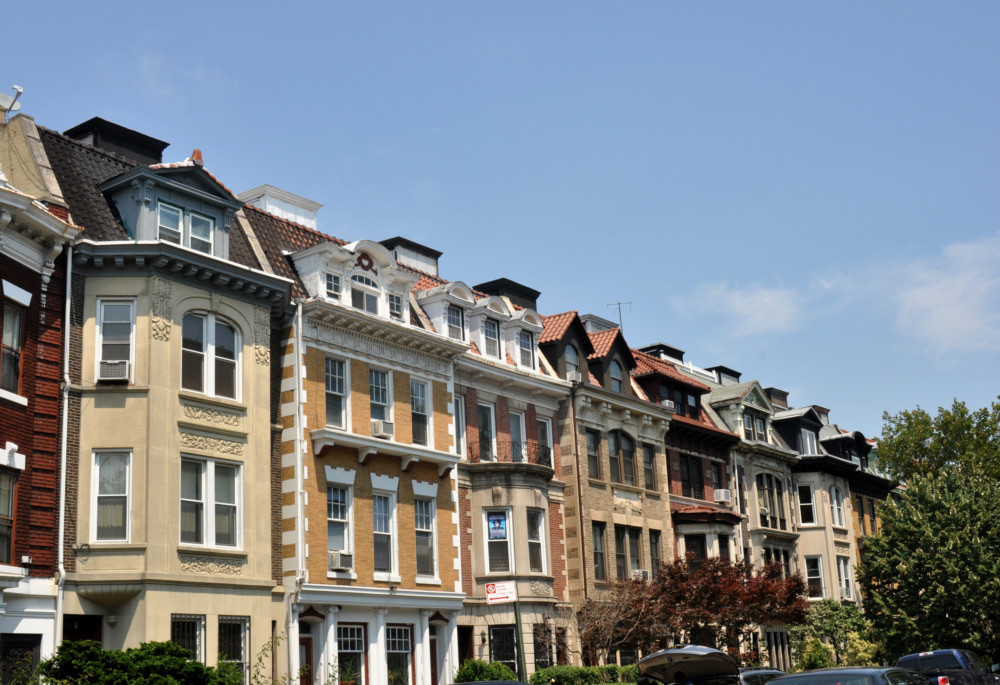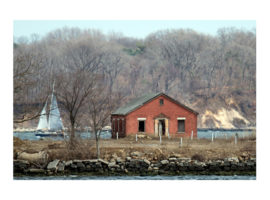Prospect-Lefferts Gardens, Brooklyn
This neighborhood was once part of the Town of Flatbush, one of the original six towns established by Dutch and British Colonists in what is now Kings County. Flatbush remained an independent municipality until it was annexed in 1894 by the City of Brooklyn, which then became part of Greater New York in 1898. Up until this point, much of Flatbush was used for agricultural purposes. One of the largest landowners was the Lefferts family, which settled in Brooklyn in 1661. Various branches of the family maintained expansive farmsteads throughout Kings County, as well as in Queens, Long Island and New Jersey. The estate comprising much of Prospect Lefferts Gardens eventually passed to John Lefferts. An early proponent of development, he helped found the Flatbush Plank Road Company in 1855 to improve access to the area.
As was often the case in New York City, transportation was the primary catalyst for urban development in the neighborhood. Continuing his father’s efforts, John’s son James Lefferts invested in the Brooklyn, Flatbush & Coney Island Railway Company, established in 1878. Initially serving pleasure seekers traveling between the Flatbush Long Island Railroad terminal and the beach, this became a true commuter line in 1896 when it was extended northward to downtown Brooklyn and eventually crossed the Brooklyn Bridge to Manhattan in 1901. John Lefferts began to subdivide the estate in 1887 when he announced the sale of 516 lots east of Rogers Avenue. A promotional pamphlet proclaimed that, “the absurdity of devoting lands so desirable, central, and valuable to raising corn and potatoes has finally induced the owner to part with [the] lots.” The local press pronounced it “the most brilliant auction sale ever made in Flatbush,” which likely encouraged James Lefferts to put an additional 600 lots—most of the remaining farmstead—up for sale in 1893. Perhaps because these lots surrounded Lefferts’ own homestead, he added restrictive covenants prohibiting standard “noxious” uses (primarily industrial) and further stipulating that all buildings would be single-family houses. The lots covered by these covenants consisted of the area between Flatbush Avenue and Rogers Avenue from Lincoln Road to Fenimore Street, and was and is referred to as Lefferts Manor. In 1919 the Lefferts Manor Association was established to enforce the restrictions and preserve the area’s single-family residential character. Though the covenants limited use to single-family houses, the Association and the press were quick to point out that this did not overly restrict the neighborhood’s architectural variety. As one article noted, “the rule has not brought about any monotonous style of architecture. Some of the residences are of imposing size, in stone, stucco or wood. Others are dignified brick buildings in a row.” Outside Lefferts Manor, development was somewhat less constrained. Many blocks were built up with two-family row houses—some closely resembling their single-family counterparts and others more clearly embracing their duplex character. Some contain six-story elevator apartment buildings designed in a variety of styles. Flatbush Avenue in particular has a wealth of small-scale commercial buildings with fine architectural details.
By the 1960s the Association began to rely on zoning regulations to enforce the residential character of the neighborhood, and in the 1970s a portion of the neighborhood was designated as a New York City historic district to preserve its architectural character. The Prospect Lefferts Gardens Neighborhood Association was founded in the late 1960s to foster racial integration in the area and to promote the vitality of the greater neighborhood (both inside and outside Lefferts Manor), a goal shared by the many civic organizations that continue to advocate for the preservation of Prospect Lefferts Gardens.









